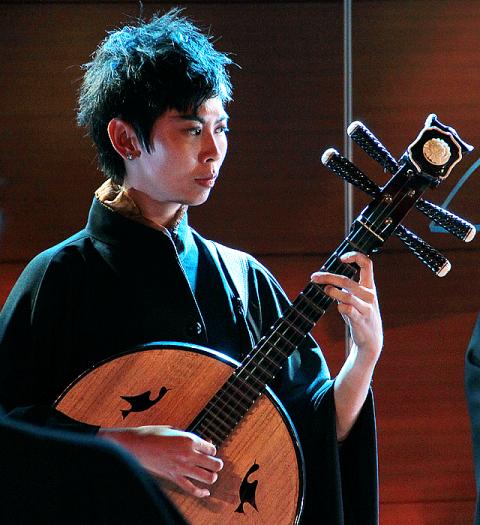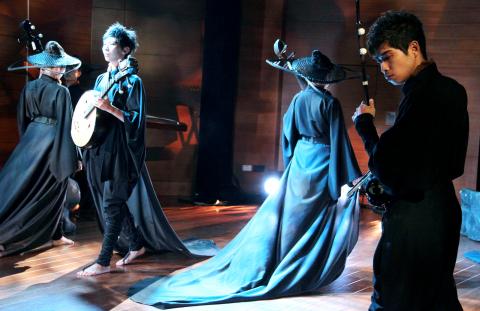Innovative Ensemble and Workshop bringing Chinese Chamber Music into the Modern age
Western classical music is not the only style that faces the challenge of remaining relevant. All around the world, various traditional cultures and arts struggle with the pace of change in their native communities.
As a growing and developing world power, China has seen its political, social, economic, and artistic landscape dramatically shift in the last 50 years. During the Cultural Revolution of the 1960s and 1970s, its artistic heritage suffered greatly through the controls of the Communist Party. Some sought to keep the traditional arts alive, while others embraced the competing influences of Western styles. But the party line during those dark years was that anything not “patriotic” in the sense of embracing socialism (read: anti- capitalist and anti-Western thought) and Mao Zedong was considered subversive. (If you haven’t seen Mao’s Last Dancer I highly recommend it as it shows this social tension with Western ballet mixed into the equation.)
Today, Chai Found Music Workshop (采風樂坊), a traditional Chinese ensemble formed in 1991, has:
battled valiantly to broaden the appeal of traditional Chinese chamber music through the incorporation of modern musical styles and dramatic elements. This weekend, it presents Wuji (無極), the most recent composition by troupe founder and artistic director Huang Cheng-ming (黃正銘). This work, with its atmospheric stage setting and stylistic borrowings from the epics of martial arts and chivalry, aims to captivate a younger audience.
With Wuji, Huang has moved away from the overtly dramatic presentation of works such as 2005’s Ambush! — An Instrumental Musical (十面埋伏) and 2007’s The Journey of the Monkey King (西遊記), both of which were based on well-known stories. With Wuji, he has shifted toward something more abstract. This new work is a representation of the four seasons as felt by a nameless itinerant warrior. Why he is where he is and what led him there are all left up to the imagination of audience members, who can find their own interpretation of the tale as the changing moods of the seasons wash over them.
…
This abstract musical struggle is set against a visual backdrop inspired by martial arts epics and fantasy tales, with the costumed musicians also serving as performers and dancers. Huang achieved remarkable results in The Journey of the Monkey King, cajoling his young musicians to not only play their instruments, but also serve as characters in a story. In this more abstract work, the performers have an even more difficult task in being physically expressive without the aid of a narrative structure.
The use of backing music, notably some percussion, gives the production a driving energy, but from sections reviewed during a pre-debut lecture/performance last month, its effectiveness is questionable, for while it makes the music accessible, it also diminishes its rigor and character. It is clear that Huang is striving for a contemporary feel to this piece, and these efforts are laudable, but with Wuji one cannot get away from the feeling that the group is trying a little too hard to be all things to all people.
The skill and versatility of the Chai Found Music Workshop has been proved repeatedly in collaborations with experimental musical groups including the French contemporary Ensemble 2e2m and the Dutch Nieuw Ensemble. The troupe also continues to uphold the traditional skills of the Chinese ensemble orchestra and is engaged in the training of a new generation of performers. The venture into musical theater, which began in 2005, has already proved exciting, and Wuji, the third production of this type, is another chance for Chai’s young performers to show off their virtuosity.
Chinese culture and arts are full of examples of dynamic struggles between good and evil, light and dark, hero and villain. Much of China’s history reflected that same thought, whether the division was internal or one that separated China against the rest of the world.
One line is particularly resonant:
In this wider imaginative space, the musical instruments have greater scope for individual expression.
That thought is indicative of the changes happening in China in many ways beyond its artistic development.
















No comments yet.